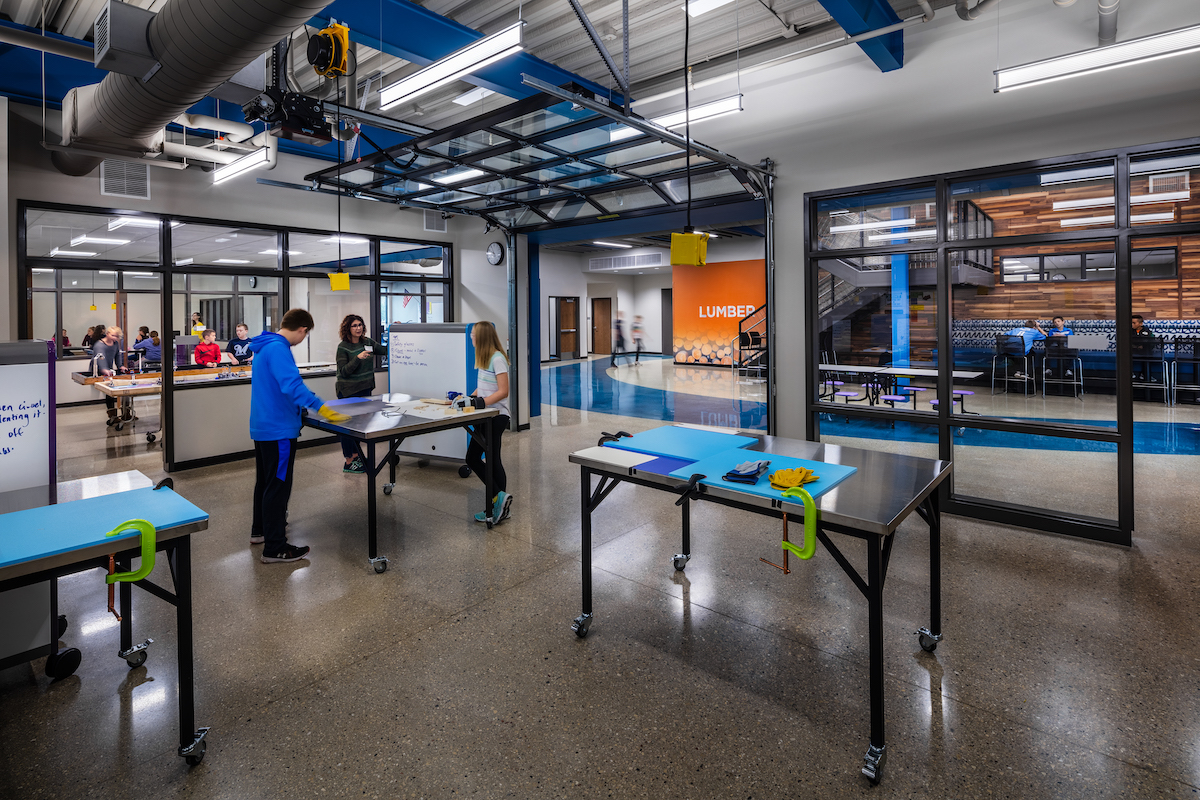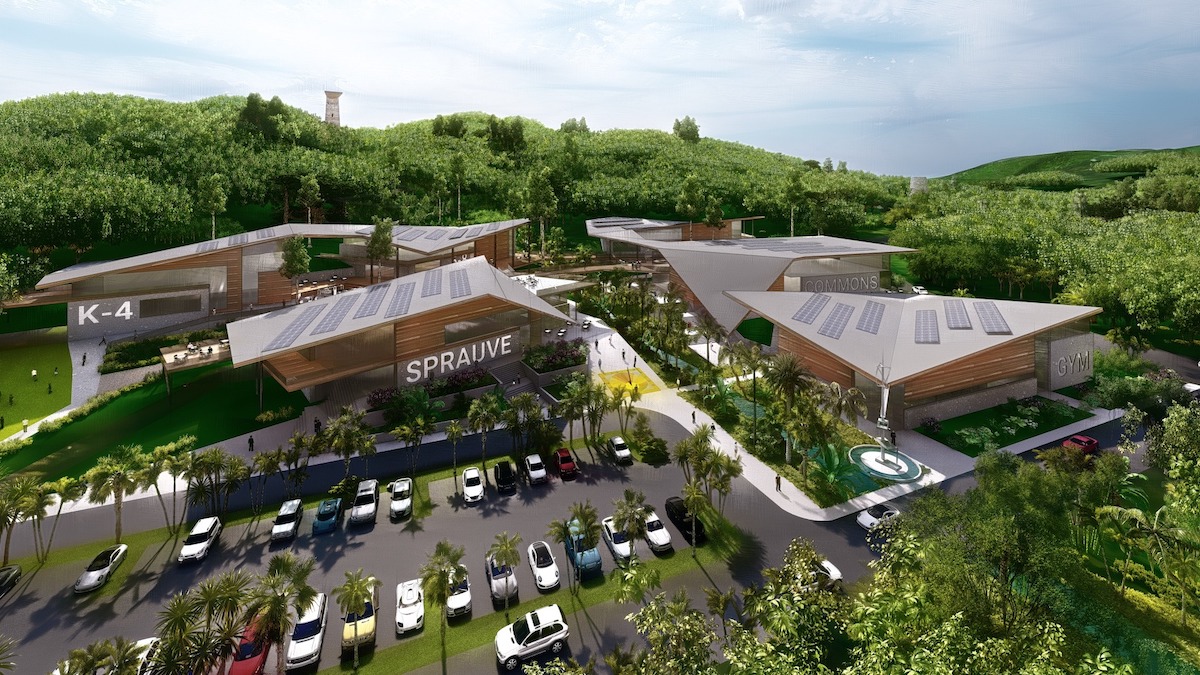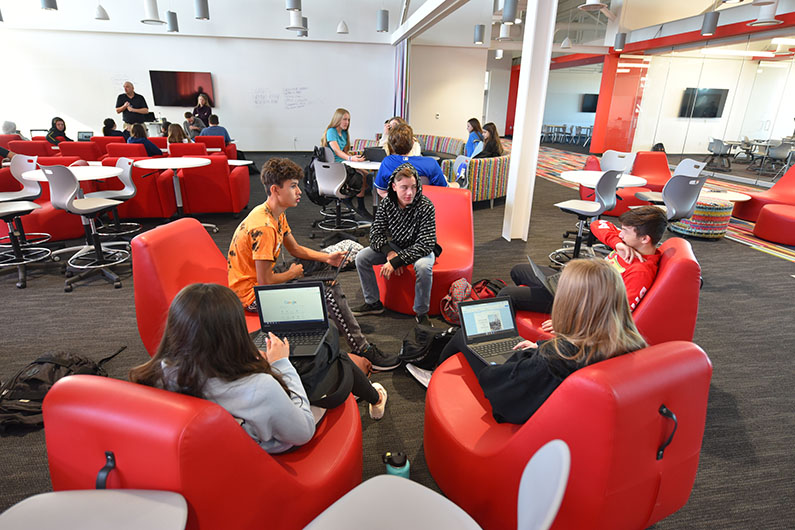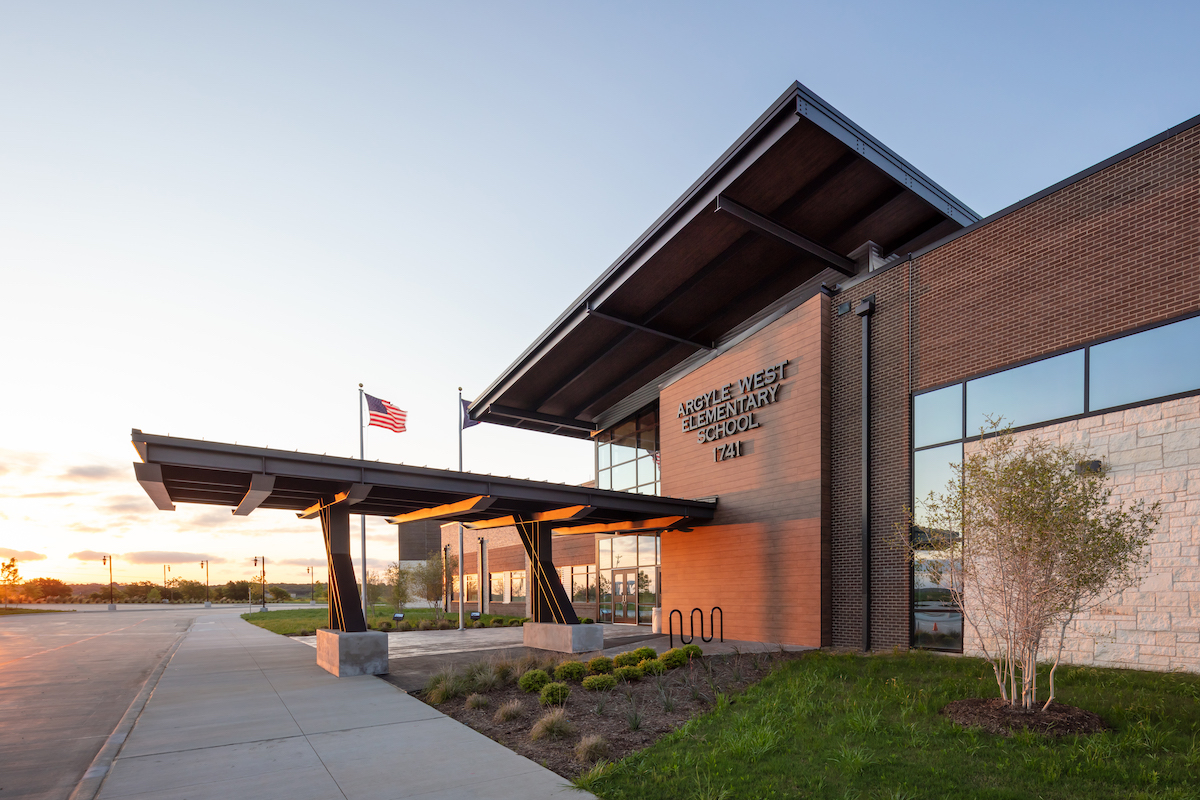K-12 schools in Mississippi began reopening in late July. By August 13, 39 counties—half of that state’s total—had schools reporting positive coronavirus cases that included 109 teachers and 69 students. More than 250 teachers and staff and 489 students were quarantined. On August 17, Gov. Tate Reeves announced COVID-19 testing for all teachers and emergency telehealth coverage for schools.
Also being tested, in Mississippi and elsewhere across the nation, are the decisions that school districts made about social distancing, sanitization, and online learning to present environments where students and teachers can feel safe.
“Right now, we’re holding our breath, to some degree,” says Dan Davis, Senior Vice President with CG Schmidt, the Milwaukee, Wis.-based construction company. “This pandemic really showed us how ill-prepared we were to face this kind of situation. Unfortunately, we don’t think anyone can really say with confidence that they have a good picture of the long-term effects of the pandemic on the market.”

The $30.9 million Sheboygan Falls (Wis.) Middle School replaced a building that was more than a century old. Its design, by EUA Architects, focuses on the concept of a “Learning River” that winds its way through the school, and leads to each of the grade “villages” representing the area’s identifying elements: falls, river, mills, and lumber. CG Schmidt was the contractor. Photo courtesy EUA
The K-12 sector has been somewhat less affected by the virus in terms of project delays or postponements, say AEC sources. What’s different, however, is “that everything is constantly changing,” says Steve Hulsey, President of Corgan. “The urgency of the pandemic highlighted the need for schools to consider gaps in agility, and opportunities to improve response procedures.”
Hulsey, echoing other AEC execs, adds that COVID-19 “has reinforced the fundamental need for human interaction, collaboration, and the learning that happens through in-person experiences and groups.” Jim French, FAIA, Senior Principal and Global K-12 Education Practice Leader for DLR Group, believes the pandemic can be a “catalyst for positive change” that leads to showing that “learning can happen anywhere.”
Altering K-12 school construction plans
There were some immediate changes that schools made in order to reopen for the fall semester. These included HVAC upgrades, installing indirect UV lighting, and modifying classrooms, says Susan Tully, LEED AP BD+C, Senior Project Manager at Gilbane Building Company. Learning spaces are flexible and adaptable. Some schools also focused on expanding their health and wellness suites.
“Our clients’ priorities are changing,” says Gil Fullen, Vice President of Business Development for Balfour Beatty’s California buildings team. School districts there are deferring projects like sports fields and asking instead for new infrastructure and modernization that support distance learning.

DLR Group recently completed an education facilities master plan for the U.S. Virgin Islands’ Department of Education, which oversees 10,000 students. The master plan called for the reduction of facilities to 18 from 32. Six schools will be constructed and 12 renovated or expanded by 2025. Shown is the Julius Sprauve school on St. John. Rendering: DLR Group
Huckabee, which specializes in education design, this summer was in the middle of bond planning for two high schools in the Wichita Falls, Texas, Independent School District. “The community has been very forward thinking in their design response, as they build on an existing platform of distance learning,” says Konrad Judd, AIA, LEED AP, RID, the firm’s Chief Design Officer. He elaborates that a hybrid model of instruction will require fewer classrooms and more common and collaborative spaces, with an emphasis on adaptability. “The design is less about a direct response to COVID-19 and more about a solution that supports long-term instructional and safety needs,” says Judd.
Corgan’s Hulsey adds that K-12 security concerns are now more “layered” and consider threats such as infectious diseases.
Involving the community in K-12 school design
AEC sources agree that technology in the form of enhanced IT and mechanical systems is now central to any school improvement or new construction. “Features that are ‘luxury’ now—like touchless faucets and toilet systems—will become a minimum standard for school facilities,” says Jake Nabholz, President of contractor Nabholz.
Fullen of Balfour Beatty says his firm has been using virtual and augmented reality and BIM tools to keep its K-12 jobsites safe and to share information with clients. Corgan’s Hulsey sees VR and AR technologies opening shared learning vistas for students and teachers.
‘This pandemic really showed us how ill-prepared we were to face this kind of situation.’
— Dan Davis, CG Schmidt
With the pandemic still lurking, the longer-term design and construction objectives of some K-12 school districts are shifting toward their facilities serving the greater community, say AEC sources. “The actual school facilities are now, more than previously, understood to be a place of shelter, service, and a public resource,” says Gilbane’s Tully.
DLR Group’s Principal Todd Ferking blogged recently about a “community-based learning model” that allows students to take greater advantage of public spaces, like libraries and fitness centers, as a means toward reducing the buildings inventory that school districts have to operate and maintain.
Integrating schools with their communities is a smart tactic when getting voters to approve funding for school construction and renovation has gotten harder. “If the economy worsens, voters may reject significant bond referendums that they would traditionally support,” cautions DLR Group’s French.
GC Schmidt’s Davis predicts that school boards will be hesitant to pursue mega referendums during the recession. “We aren’t going to see a lot of $100 million new high schools or athletic or performing arts centers until we have a better understanding as to the endgame for the virus.” Over the next 12 to 18 months, Davis believes that schools are more likely to take a “two-stage” approach that focuses first on disease control within their existing operating and maintenance budgets, and second on using new funding to upgrade HVAC and MEP systems. He adds that more districts are availing themselves of federal grants to purchase advanced technologies like modular ionization bars.
Huckabee’s Chief Operations Officer Tom Lueck projects a 25-30% drop in the education market this year. He says that many Texas school districts delayed their bonds by six to 12 months or more. “Without bond elections, school districts don’t have the capital for major construction projects.” Consequently, Huckabee’s focus, until there’s an economic rebound, “is helping clients realize their potential in existing spaces,” he says.
ALSO SEE: The rise of inquiry-based learning in K-12 communities

Inquiry-based education offers a methodology that does not rely solely on the educator being the lead in all learning, writes DLR Group's Emily Froese. Read the article.
Ken Hutchens, VLK Architects’ Principal and Chief Creative Officer, corroborates Lueck’s comments about bond election postponements in Texas. He also notes that many school districts accelerated projects to take advantage of lower construction costs. “Therefore, architecture firms are burning through backlogged work, with minimal work in the pipeline for 2021.”
Still, Hutchens is cautiously optimistic about VLK’s K-12 prospects, even while anticipating that bond referendums are likely to be more conservative. He notes that in some urban areas in Texas, single-family homebuilding is “brisk,” which ultimately could create the need for new school facilities.
Gilbane’s Tully observes, parenthetically, that more school districts are looking for alternate funding, such as public-private partnerships. And Nabholz has seen some districts favor energy performance contracts that potentially generate operational savings.
Nabholz notes, however, that the coronavirus, scarcer financing, and a recession aren’t the only factors holding back K-12 school construction and renovation. The U.S. birth rate increased by 0.09% in 2019, after falling four consecutive years to its lowest level in more than three decades. “Class sizes have peaked and are trending downward,” Nabholz observes. “This, more than the pandemic, will affect the future of K-12 education building.”
Related Stories
| Jun 12, 2014
Austrian university develops 'inflatable' concrete dome method
Constructing a concrete dome is a costly process, but this may change soon. A team from the Vienna University of Technology has developed a method that allows concrete domes to form with the use of air and steel cables instead of expensive, timber supporting structures.
| Jun 9, 2014
Green Building Initiative launches Green Globes for Sustainable Interiors program
The new program focuses exclusively on the sustainable design and construction of interior spaces in nonresidential buildings and can be pursued by both building owners and individual lessees of commercial spaces.
| May 29, 2014
7 cost-effective ways to make U.S. infrastructure more resilient
Moving critical elements to higher ground and designing for longer lifespans are just some of the ways cities and governments can make infrastructure more resilient to natural disasters and climate change, writes Richard Cavallaro, President of Skanska USA Civil.
| May 23, 2014
Top interior design trends: Gensler, HOK, FXFOWLE, Mancini Duffy weigh in
Tech-friendly furniture, “live walls,” sit-stand desks, and circadian lighting are among the emerging trends identified by leading interior designers.
| May 22, 2014
Big Data meets data centers – What the coming DCIM boom means to owners and Building Teams
The demand for sophisticated facility monitoring solutions has spurred a new market segment—data center infrastructure management (DCIM)—that is likely to impact the way data center projects are planned, designed, built, and operated.
| May 20, 2014
Kinetic Architecture: New book explores innovations in active façades
The book, co-authored by Arup's Russell Fortmeyer, illustrates the various ways architects, consultants, and engineers approach energy and comfort by manipulating air, water, and light through the layers of passive and active building envelope systems.
| May 19, 2014
What can architects learn from nature’s 3.8 billion years of experience?
In a new report, HOK and Biomimicry 3.8 partnered to study how lessons from the temperate broadleaf forest biome, which houses many of the world’s largest population centers, can inform the design of the built environment.
| May 15, 2014
'Virtually indestructible': Utah architect applies thin-shell dome concept for safer schools
At $94 a square foot and "virtually indestructible," some school districts in Utah are opting to build concrete dome schools in lieu of traditional structures.
| May 13, 2014
19 industry groups team to promote resilient planning and building materials
The industry associations, with more than 700,000 members generating almost $1 trillion in GDP, have issued a joint statement on resilience, pushing design and building solutions for disaster mitigation.
| May 11, 2014
Final call for entries: 2014 Giants 300 survey
BD+C's 2014 Giants 300 survey forms are due Wednesday, May 21. Survey results will be published in our July 2014 issue. The annual Giants 300 Report ranks the top AEC firms in commercial construction, by revenue.
















